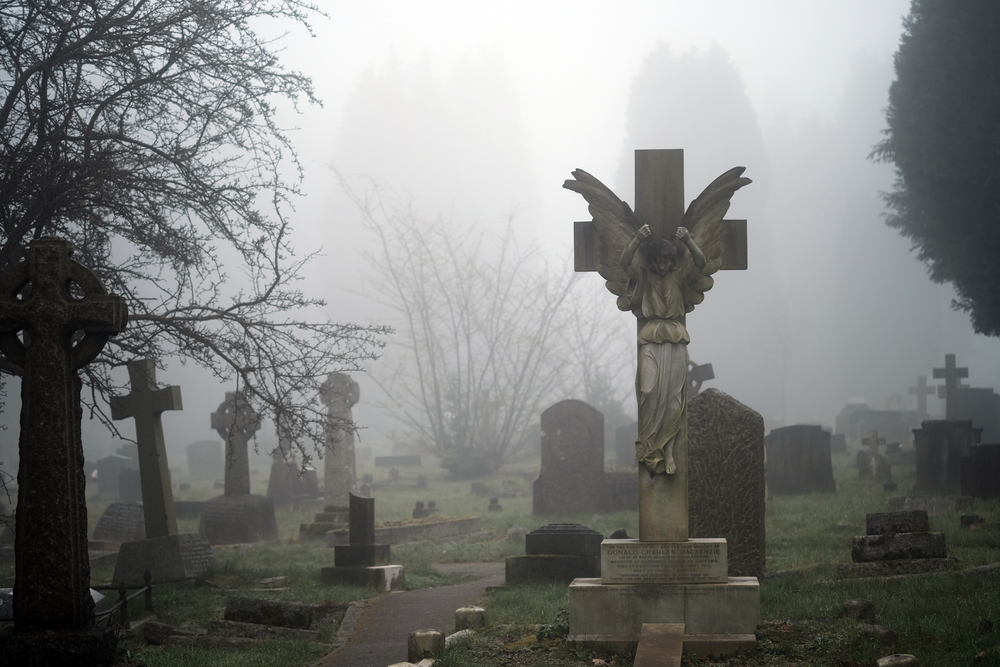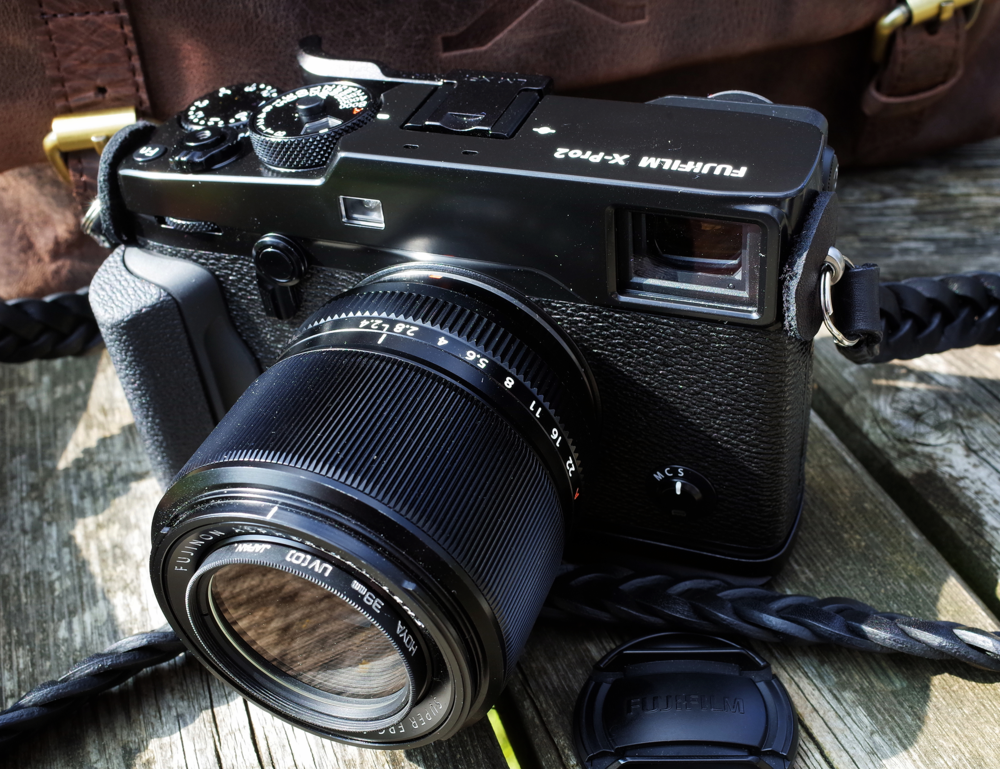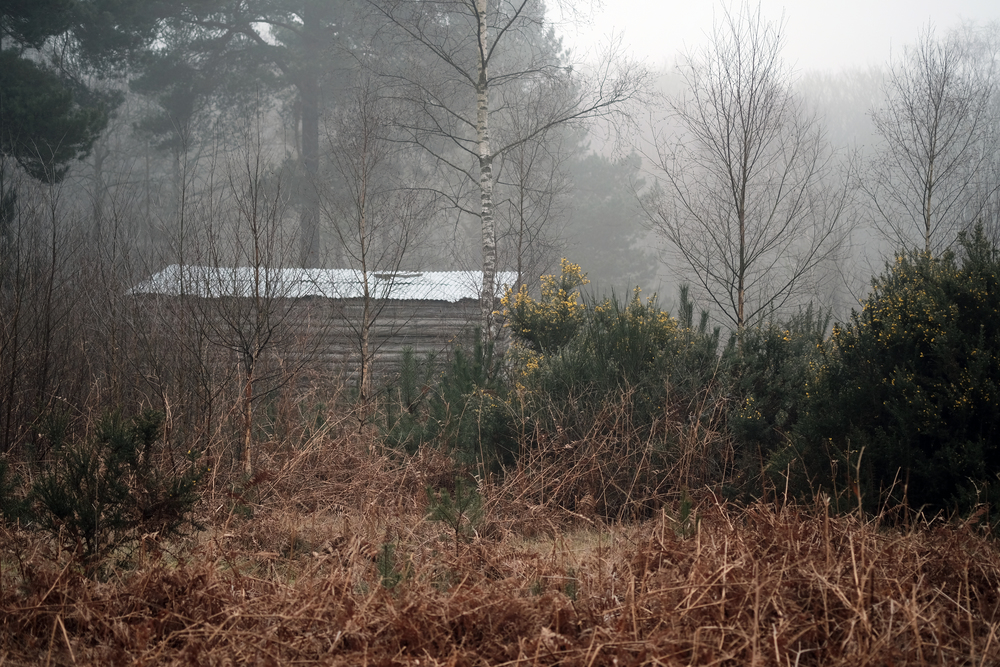When I was thinking how to frame this article, I was torn between two fairytale heroines, Sleeping Beauty, who is awoken by the handsome prince—or Cinderella who is saved from a life of drudgery by the handsome prince (a royal who clearly got about a bit). I went in the end with Sleeping Beauty because this is a tale of potential nipped in the bud—and then realised years later.
The Fujinon XF 60mm f/2.4 R macro is one of the first three lenses introduced by Fuji along with the X-Pro1 back in 2012. It has never been particularly loved; it’s not a true macro (1:2 not 1:1); it’s an “odd” filter size (39mm—familiar to Leica users but not exactly mainstream). It has a reputation for being slow to focus, and prone to hunting. Initially, it still sold in some numbers because it was the only native long-focus lens (equivalent to 90mm in old money).
When the 56mm f/1.2, the Macro’s flashier, faster, sexier stablemate came out a couple of years later, followed by the MCEX extension tubes that turned pretty well any Fuji lens into a macro monster, the 60mm shrugged its lens mount and shuffled off to secondhand dealers’ shelves and the forgotten corners of Billingham bags.
Until now.
The advent of the X-Pro2 gives us the opportunity to reappraise some of the Fuji lens lineup and I thought I would give the little 60 a go. I have had one for years. I admit, it has seen very light use, but I have always had a soft spot for it because it is far lighter and more compact than the 56 (215 vs 405 grams—a big difference over a day of carrying) and a bit of a favourite focal length.
Core set-up
For years my core travel set consisted of a Leica M7.85, a 35mm—Summicron initially then Zeiss Biogon in later years—a 50mm Elmar-M (the most underrated lens Leica ever produced) and a 90mm Elmarit M. In so doing I was adopting the “holy trinity” of 35-50-90mm lenses that had stood Leica users in good stead for decades. When I gravitated to the cropped world of Fuji it was only natural that I should stay with what I was familiar with. So 35-50-90 became 23-35-60 and off I went.





I cannot deny that the 60 plus the X-Pro1 AF, multiplied (or divided) by the 16mp sensor was never going to set the world alight. You could go for a cup of tea—and wait for it to cool enough to drink—while the combination thought about focusing, even with the major AF improvements in the later versions of X-Pro1 firmware.
Trombone hunting
Results were exceptional, it almost goes without saying, but there was little real joy in the process of their production. The trombone-like hunting for focus was particularly irksome—there were times that I felt like George Chisholm had had a say in the design specifications. That interesting mayfly that had caught your attention was on its third generation by the time focus was finally achieved.




Now, I confess that I am to macro photography what a millennial is to slow food. I have limited patience for it. I am not a tripod fan, and want my macro experience to be fast, easy and fussfree. It was thus with some curiosity I mounted the 60 to my X-Pro2 this morning to see just how it would perform.
Turbocharged
Well. “Wow” is an over-used word but in this case it is (almost) warranted. The 60 on the X-Pro2 is turbocharged in comparison to its past pedestrian performance. Focus is prompt rather than blistering and hunting, although still a thing, seems substantially reduced. Ye cannae fight the laws of physics, of course, and miracles haven’t happened—it is still the same motors under the bonnet of the 60 and still the same focusing helix—but with the X-Pro2 at the back doing the pushing, it reacts like a maiden aunt given a shot of Red Bull.
It was a nice day today so I took the combination for a walk and used it for a couple of shots on my desktop. The results speak for themselves in terms of quality of the image—these are hand-held, remember —and there is no doubt that the bigger sensor makes a difference. Have a look particularly at the 100% crop of the Minox B; that is quite remarkable.


The 60 is also a short tele, of course, and the landscape shot and the shot of the underbrush demonstrate that it delivers at longer distances too. Microcontrast is good, and detail is held well; again look at the 100% crops and bear in mind that there is no sharpening in post and it was a misty, low contrast day.
I yearn for a lightweight kit; I have one, of course, with the X100T and the WCL and TCL, giving me a 28-35-50 equivalent, but the X-Pro2 with the 35mm f/2 and the 60mm f/2.4 give me two thirds of what I really want. The icing on the cake would be a nice, compact Fujinon 23mm f/2 WR of course. Mr. Fuji, are you listening…?
You can find more from Bill Palmer at Lightmancer
- Subscribe to Macfilos for free updates on articles as they are published. Read more here
- Want to make a comment on this article but having problems? Please read this




Each to his own etc. Some people feel that you should never put cheap glass in front of expensive glass, but I have never seen anything wrong with your photos, so I assume you must use ‘good filters’ or that the foregoing is just simply an ‘old wive’s tale’ as nowadays it is the sensor that does all the work. The wonderful thing about photography is that there are many ways of getting ‘good photos’ and finding out what suits your own style is part of the fun. Camera and photo magazines and online fora tend to create a form of ‘group think’ on what is the correct way to do things; but the best stuff often come from those who against the grain.
William
Nice atmospheric photos from the fog in the graveyard. I note that you have a UV filter on the lens. The last time I used a filter on a lens was with the Leica M8 in order to prevent blacks from going to purple. I noticed some years ago that on the rare occasion that the sun shines over here, filters can lead to unnecessary flaring, so I don’t use them anymore on any lens. I know that some people use them as ‘protectors’, but I have never had any damage to a lens front element as I always use a lens hood; again for the flare issue. Nowadays with digital any required effects such as warming etc can be dialled in with Lightroom, Photoshop, Nik filters etc but getting rid of flare is more difficult.
William
I confess that I too use a USB filter whenever possible. I have them entirely for protection since I have a hatred of lens caps in any shape or form (particularly those on Fuji lenses I might add). I haven’t really noticed the flare issue, though. On balance, is take protection over the risk of flare.